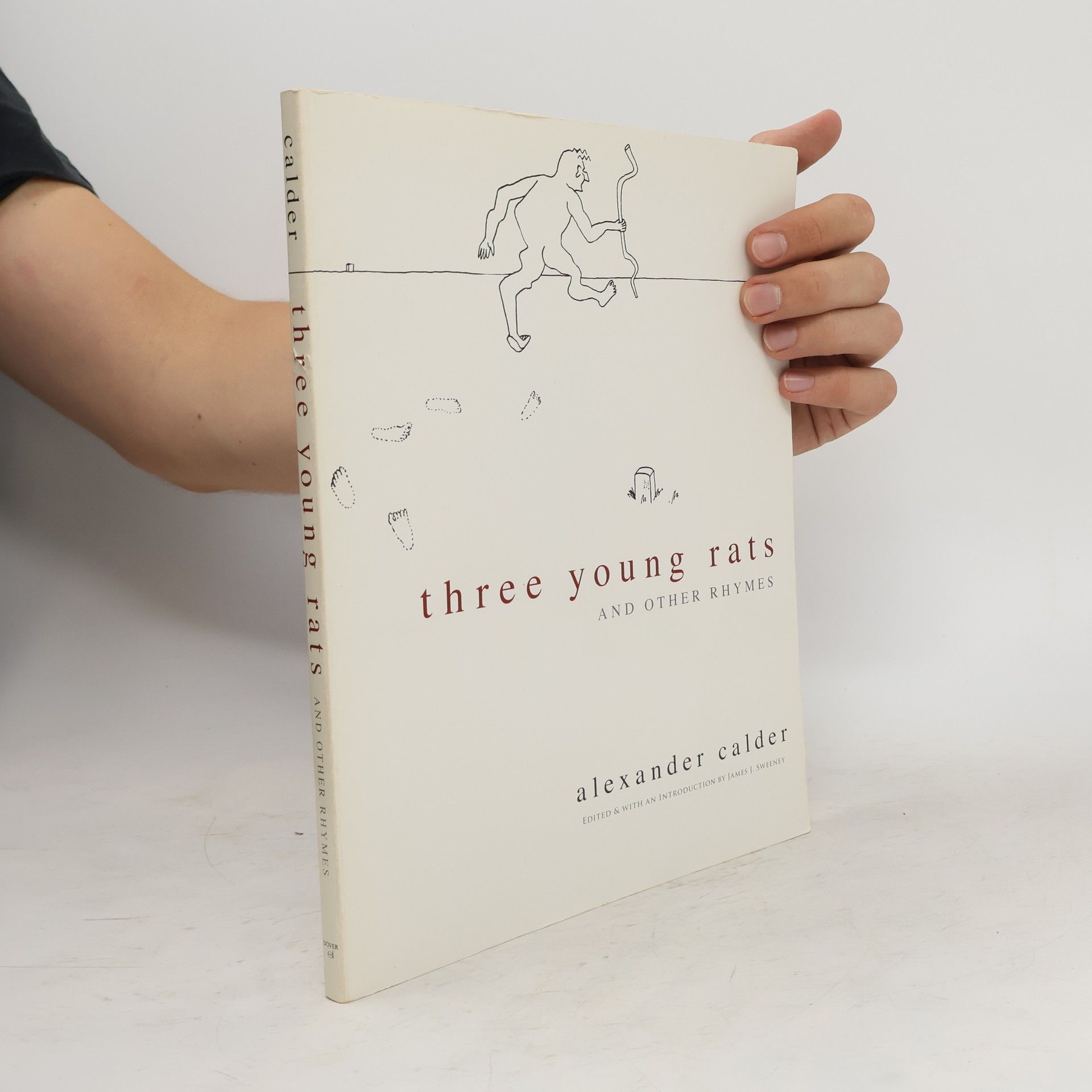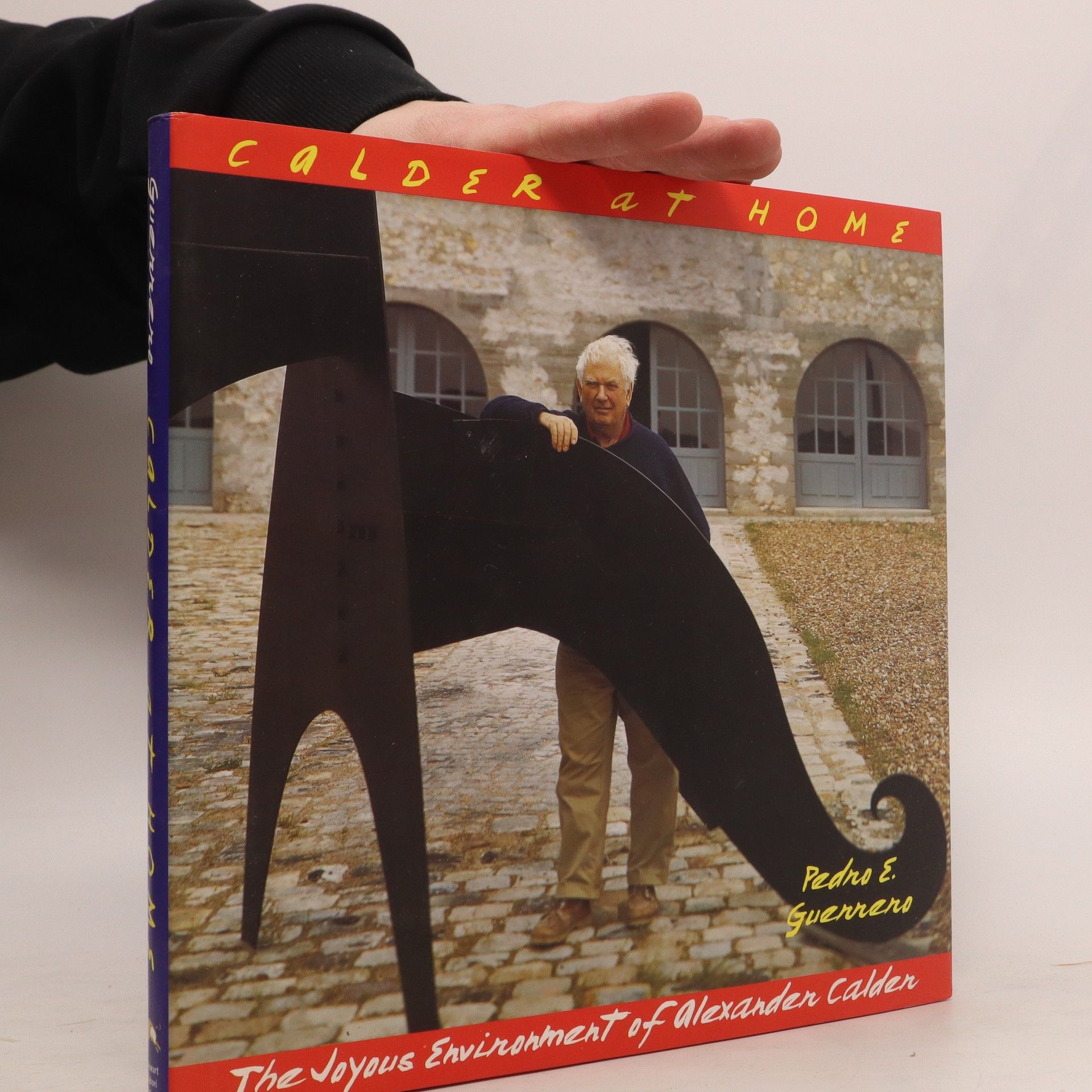Pourquoi l'art doit-il être statique ? La prochaine étape, c'est la sculpture en mouvement. En quelques mots ALEXANDER CALDER 1898-1976 bouleverse les règles des arts plastiques, inventant le mobile suspendu au plafond, qui s'anime au moindre courant d'air. Quant à ses " stabiles ", monumentaux érigés dans le monde entier sur les places publiques de nombreuses villes, ils sont presque aussi connus. Cet ouvrage présente en outre des sculptures en fil de fer, des tableaux, des gouaches, des tapisseries et des bijoux, et même des voitures et des avions peints.
Alexander Calder Livres
- Calder, Sandy, 1898-1976






Presents a photographic retrospective of the American sculptor famous for his creation of the mobile, showing him at home with his family and at his work
The distinguished sculptor demonstrates an approach to sketching animals that emphasizes simplicity of line
Comédie de la nature ou comédie humaine ? Une cigale joue de la guitare, une grenouille et un bœuf se promènent, un loup met son plus bel habit, et un rat met ses lunettes... pour constater que les hommes et les bêtes sont plus semblables qu'il n'y paraît... Plus de quatre-vingts fables sont réunies dans ce recueil.
The Victoria and Albert Museum
- 160pages
- 6 heures de lecture
Rhymes from Mother Goose and other classic sources, illustrated by the artist who invented the mobile.
The Man of the Future
An investigation of the laws which determine happiness
- 364pages
- 13 heures de lecture
Focusing on the principles governing happiness, this book delves into the laws that shape human contentment. Originally published in 1872, it offers timeless insights and reflections that remain relevant today. The unchanged, high-quality reprint preserves the original text, allowing readers to explore the author's perspectives on achieving fulfillment and understanding the factors that contribute to a happy life.
The Man of the Future
- 360pages
- 13 heures de lecture
Originally published in 1872, this reprint offers a glimpse into the historical context and themes of its time. The book presents a unique perspective, capturing the essence of the era through its characters and narrative style. Readers can expect to explore the intricacies of the plot and the author's distinctive voice, making it a valuable addition to any literary collection.
The Man Of The Future
An Investigation Of The Laws Which Determine Happiness (1872)
- 360pages
- 13 heures de lecture
Exploring the multifaceted nature of happiness, Calder argues that it arises from a blend of physical, mental, and spiritual well-being rather than mere material success. He highlights the significance of education, religion, and social institutions in fostering happiness while emphasizing personal responsibility and self-discipline. The book also addresses the concept of progress, proposing that the ultimate aim of civilization should be universal happiness. This philosophical work offers a deep and insightful examination of happiness within the human experience.
Alexander Calder. Avant-garde in Motion, English Edition, w. DVD
- 144pages
- 6 heures de lecture
'Alexander Calder brought playful motion to high art: primary colors hanging in the balance of that kinetic object of infancy, the mobile. Avant-Garde in Motion celebrates the achievements of this American master with new insight and photos of the man at work. '§Artdesk